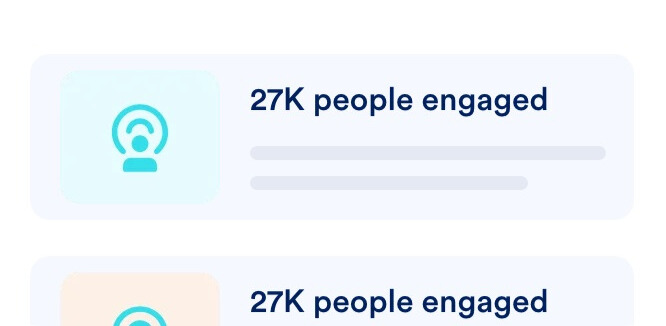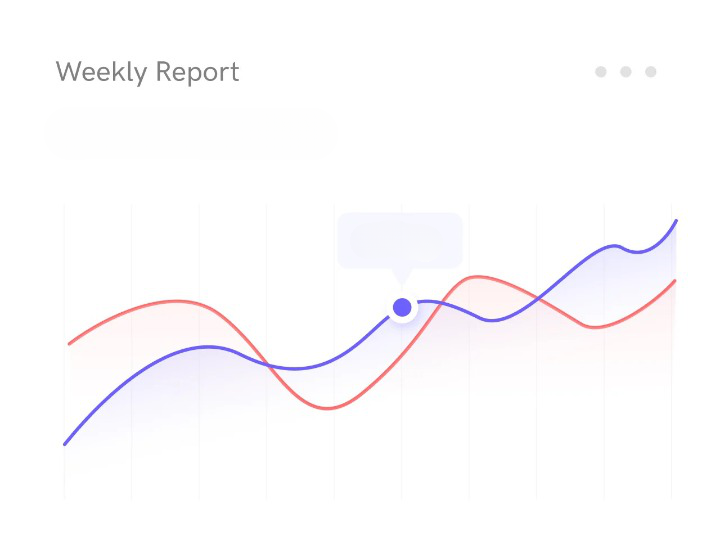E-Marketing, or electronic marketing, is the process of promoting products or services using digital technologies, such as the internet, social media, email, mobile devices, and other digital channels. It involves creating and implementing marketing strategies that leverage digital tools to reach and engage with target audiences in a measurable and cost-effective way. E-Marketing aims to build brand awareness, generate leads, drive sales, and foster customer loyalty through various online marketing tactics.




- Increased reach: Digital marketing allows businesses to reach a global audience through various online channels.
- Cost-effective: Compared to traditional marketing methods such as television or print advertising, digital marketing is generally more affordable.
- Targeted audience: Digital marketing enables precise targeting of specific audiences based on demographics, interests, behavior, or other parameters.
- Improved customer engagement: Digital marketing provides multiple channels for interacting and engaging with customers, such as social media, email, chatbots, and comment sections.
- Brand development and visibility: Digital marketing offers various channels to build and enhance a brand's online presence.
Social media marketing refers to the use of social media platforms to promote products or services and engage with the target audience. It involves creating and sharing content, running targeted advertising campaigns, and interacting with users on popular social media platforms such as Facebook, Instagram, Twitter, LinkedIn, and others.
Content marketing is a strategic marketing approach focused on creating and distributing valuable, relevant, and consistent content to attract and engage a target audience. The primary goal of content marketing is to provide valuable information, educate the audience, and build trust, ultimately driving profitable customer action.
Search Engine Optimization (SEO) is the practice of optimizing a website and its content to improve its visibility and ranking on search engine result pages (SERPs). The primary goal of SEO is to increase organic (non-paid) traffic to a website from search engines like Google, Bing, or Yahoo.
Paid advertising, also known as online advertising or pay-per-click (PPC) advertising, refers to a marketing strategy in which businesses pay to display their ads on various online platforms. These platforms may include search engines, social media platforms, websites, or mobile apps. The ads are typically displayed to a targeted audience based on demographics, interests, or search intent.


E-Marketing or Digital Marketing
E-marketing, also known as electronic marketing or internet marketing, refers to the use of digital channels and technologies to promote products, services, or brands. It encompasses various online marketing strategies and tactics aimed at reaching and engaging a target audience through electronic means.
some key components of e-marketing:
1. Website marketing
Building and optimizing a business website to enhance its visibility, attract organic traffic, and provide information about products or services. This includes techniques such as search engine optimization (SEO), user experience optimization, and conversion rate optimization (CRO).
2. Search engine marketing (SEM)
Utilizing search engine advertising platforms, such as Google Ads, to display paid ads in search engine results pages (SERPs). This involves bidding on relevant keywords and targeting specific audiences to drive targeted traffic to a website.
3. Social media marketing
Leveraging social media platforms like Facebook, Instagram, Twitter, LinkedIn, or YouTube to promote products or services, engage with the target audience, and build brand awareness includes posting content, running paid ad campaigns, and interacting with users.
4. Email marketing
Using targeted email campaigns to communicate with subscribers, nurture customer relationships, promote products or services, and drive conversions. Email marketing involves personalized and automated messages tailored to specific segments of the subscriber list.
Creating and distributing valuable, relevant, and engaging content through various channels such as blog posts, articles, videos, podcasts, infographics, and more. Content marketing aims to attract and engage the target audience, build brand authority, and drive website traffic.
6. Influencer marketing
Collaborating with influential individuals on social media or in specific niches to promote products or services to their followers, influencer marketing leverages the influencer’s credibility and reach to expand brand visibility and generate customer interest.
7. Online advertising
Utilizing various online advertising platforms, such as display ads, native ads, video ads, or retargeting ads, to reach a target audience across websites, mobile apps, or other digital platforms, can result in highly targeted and measurable online advertising.
- Frequently Asked Questions
Digital marketing increases visibility, targets specific audiences, improves customer engagement, is cost-effective, and provides measurable results. It can help increase online presence, attract more visitors, and drive more conversions and revenue.
Its purpose is to reach and engage with a targeted audience through various digital platforms. The use of e-marketing can help businesses increase their online presence, generate leads, build brand awareness, improve customer engagement, and drive sales and revenue.
Yes, email marketing is still relevant and effective in today’s digital age. It remains one of the most cost-effective ways to reach and engage with a targeted audience, build relationships with customers, and drive sales and revenue.

